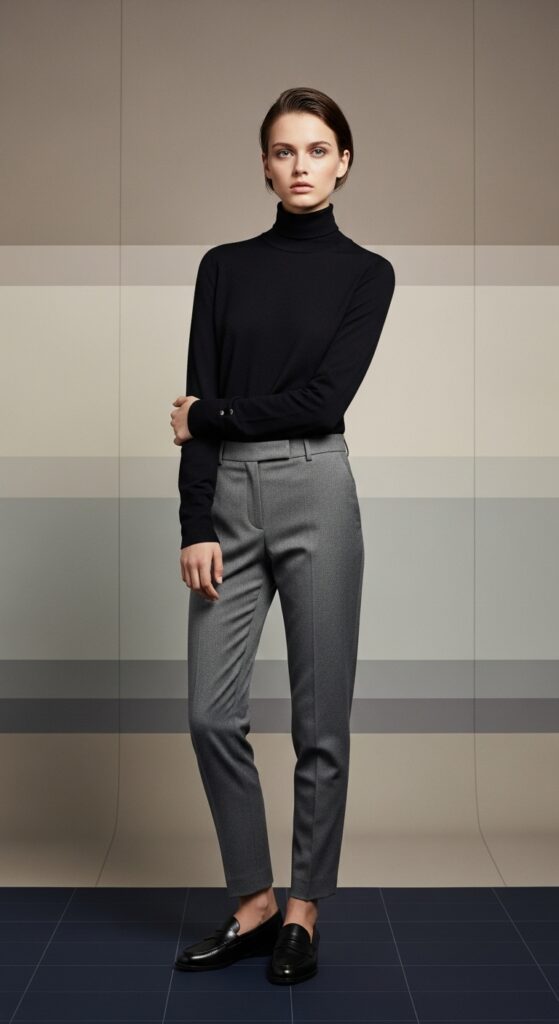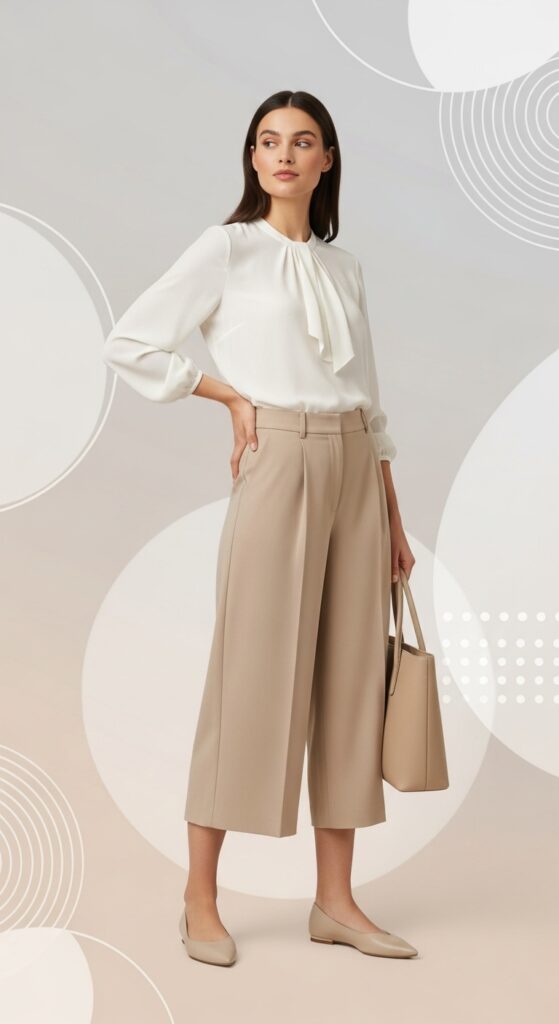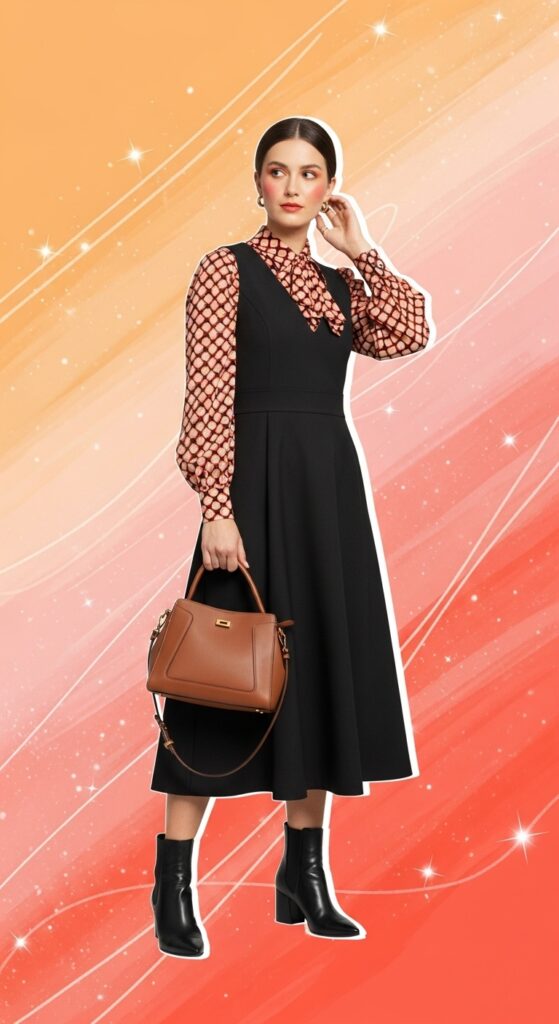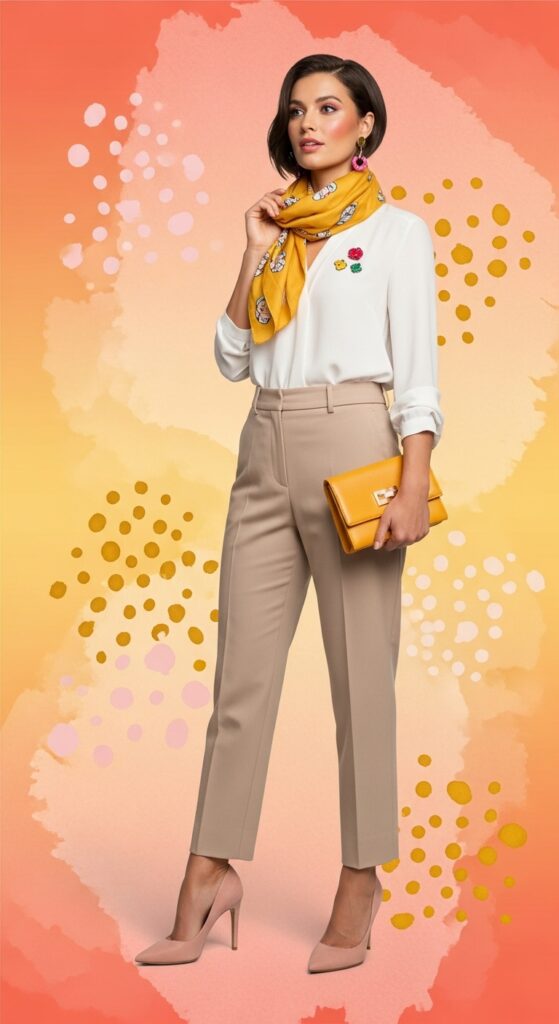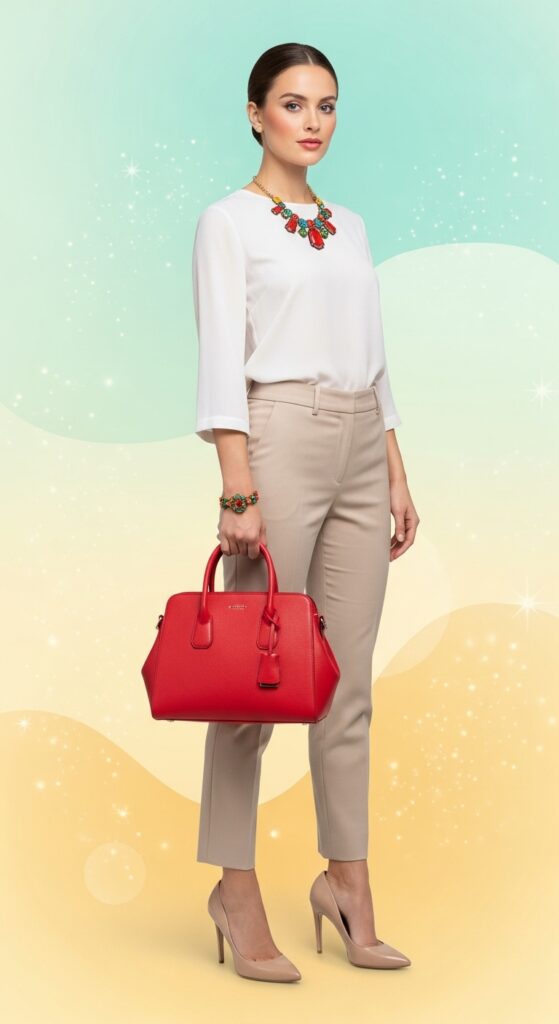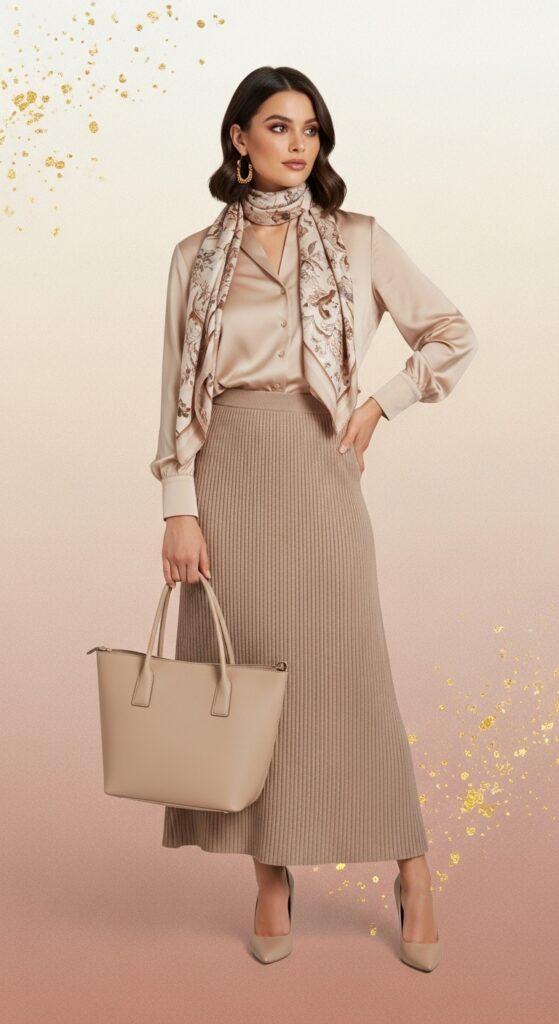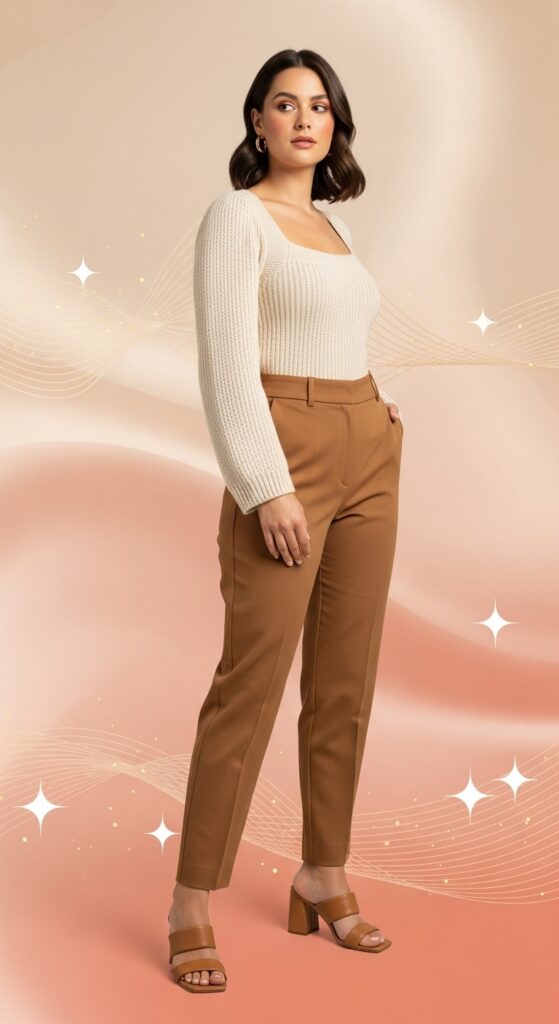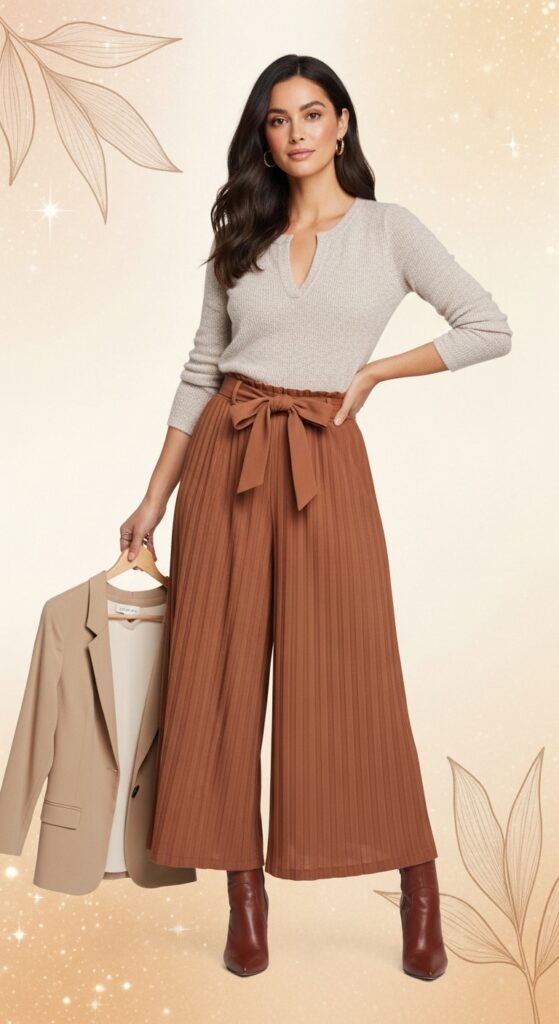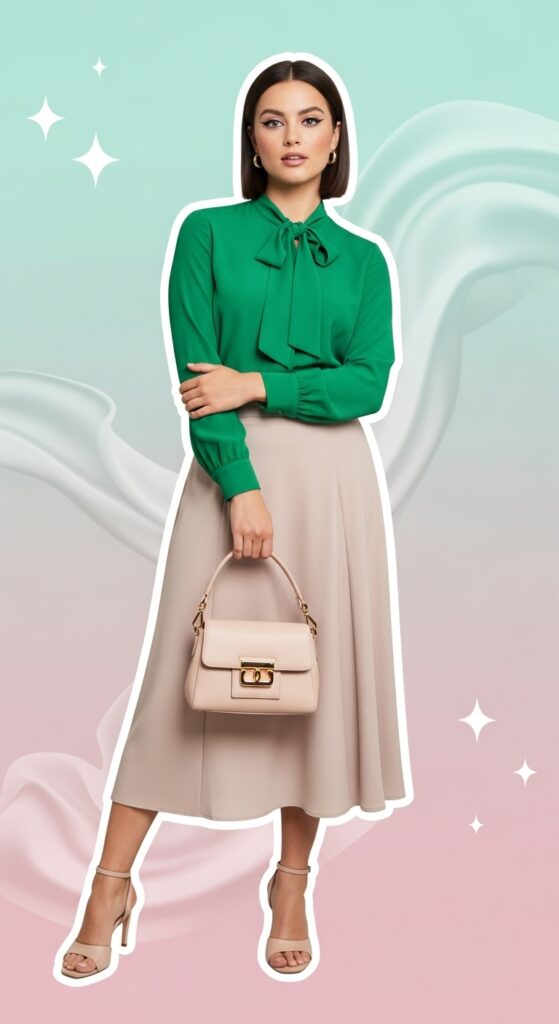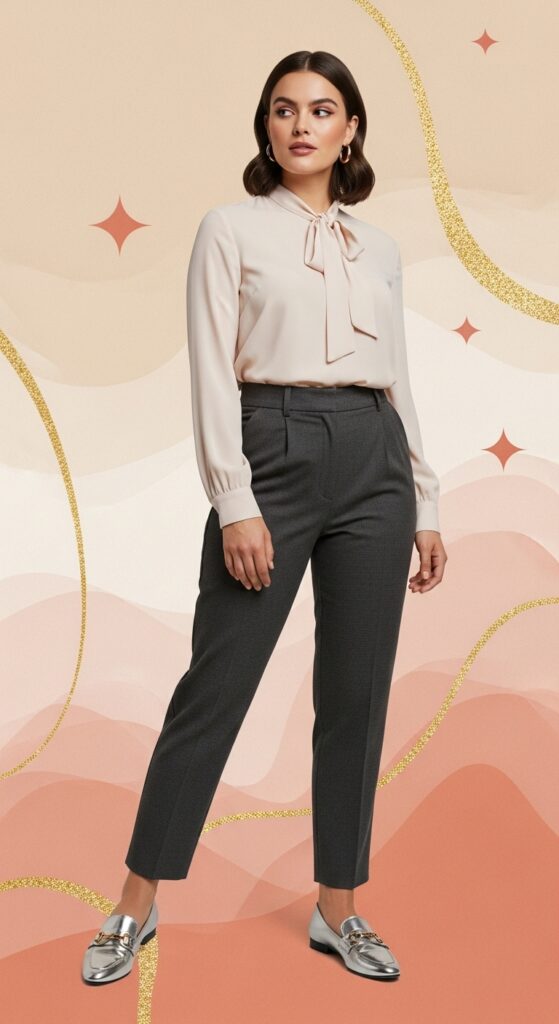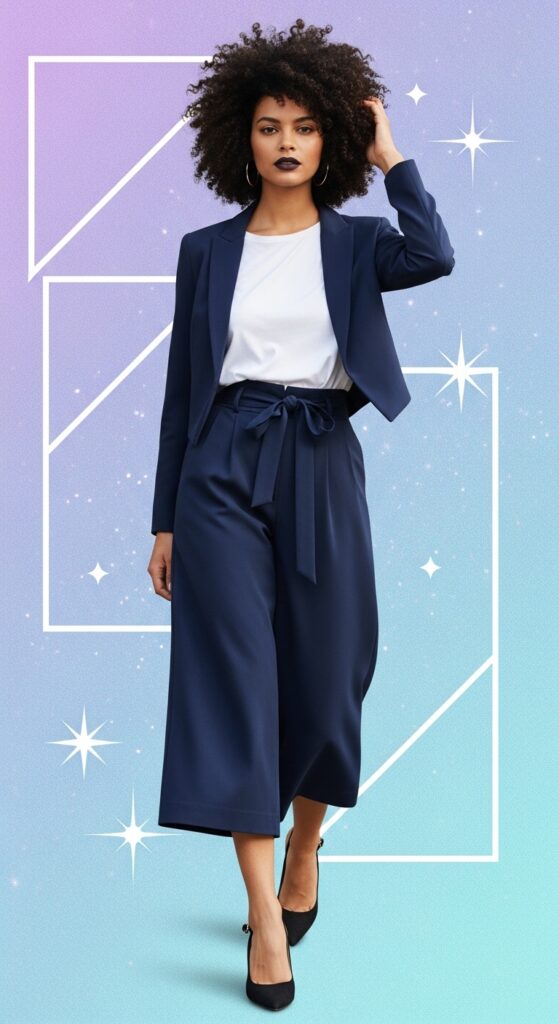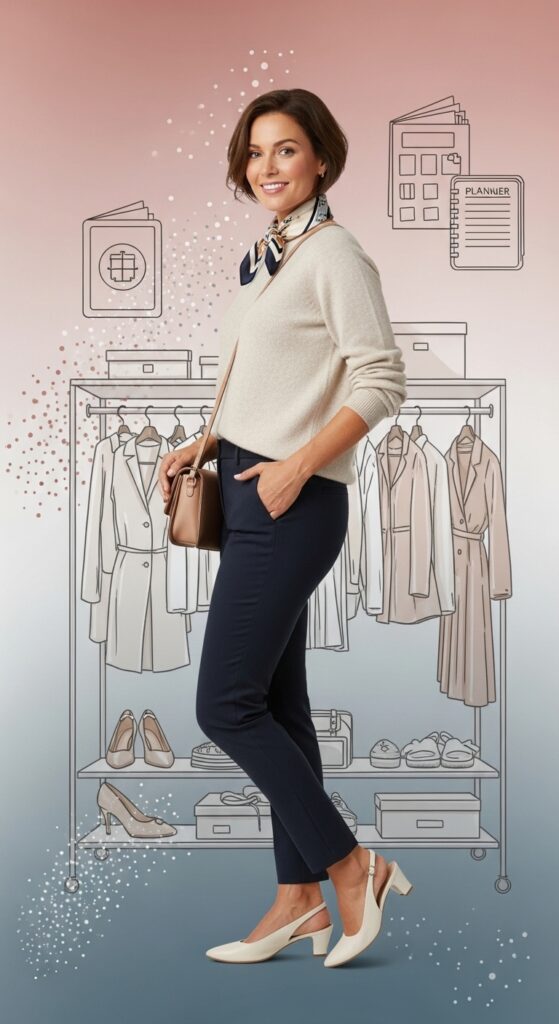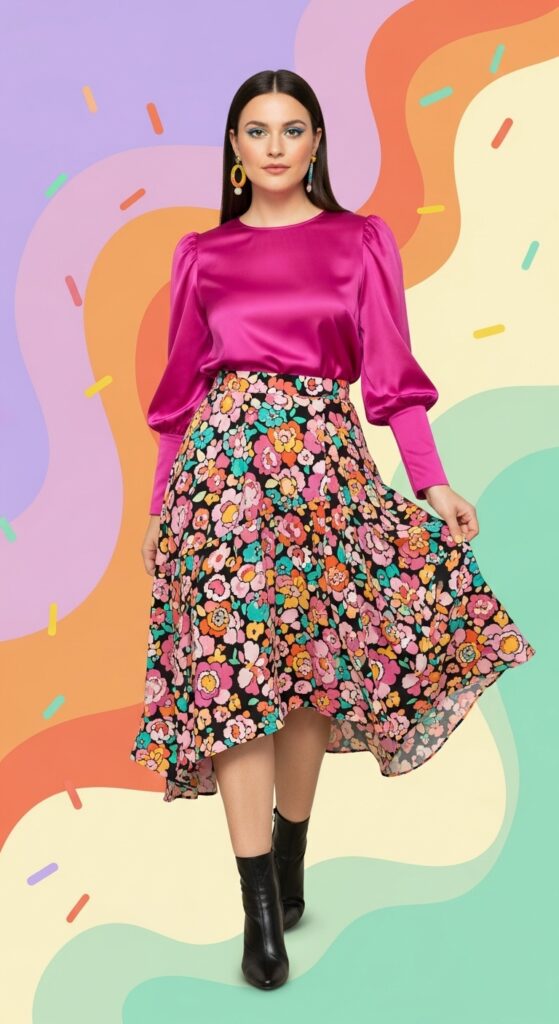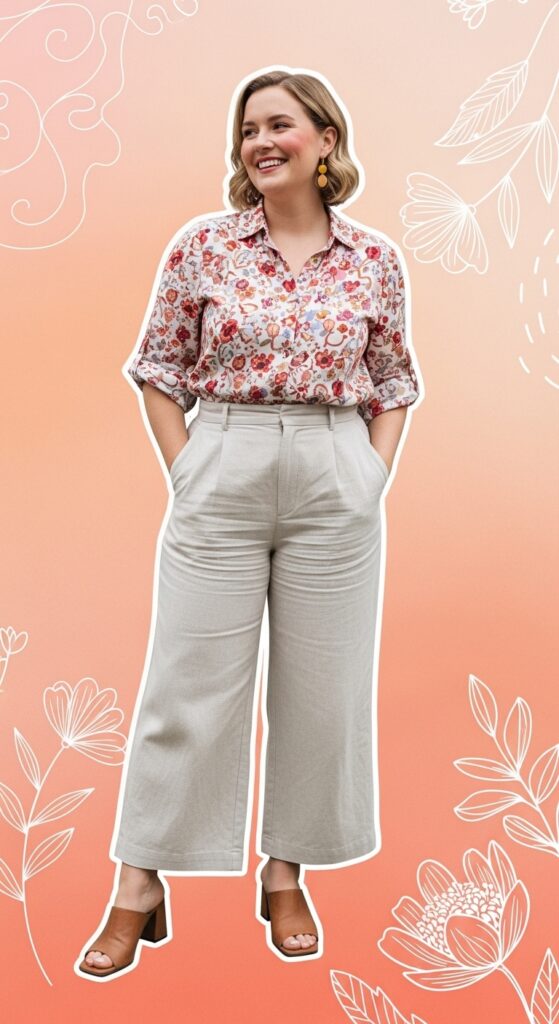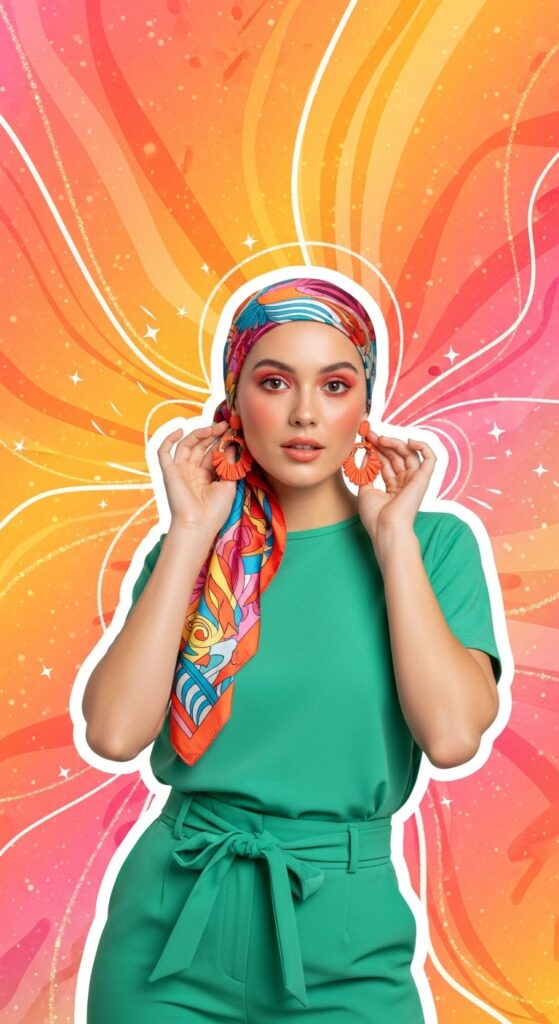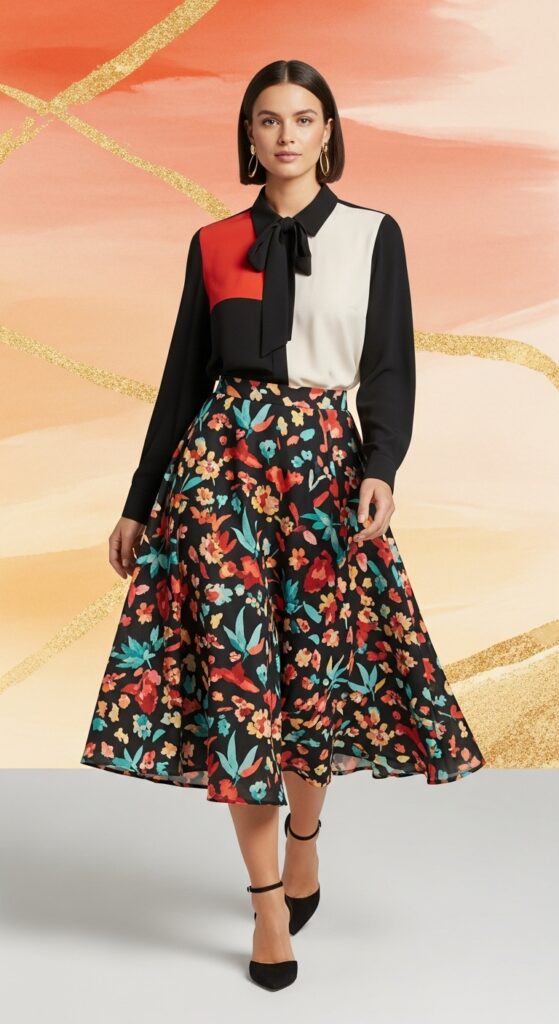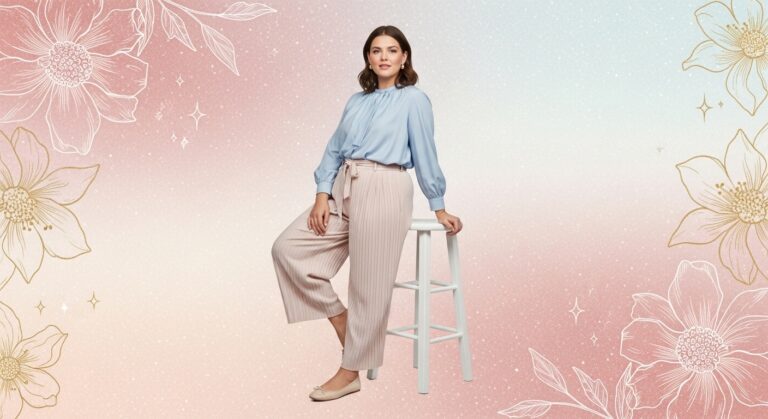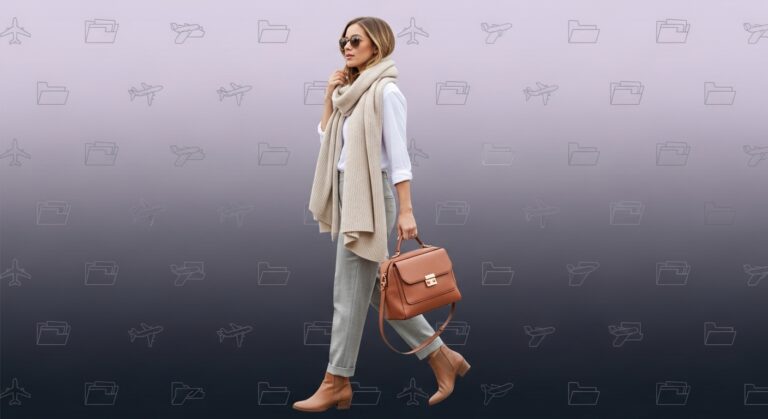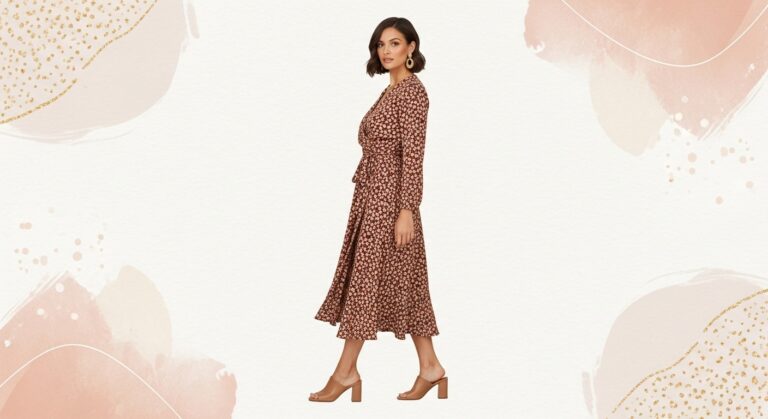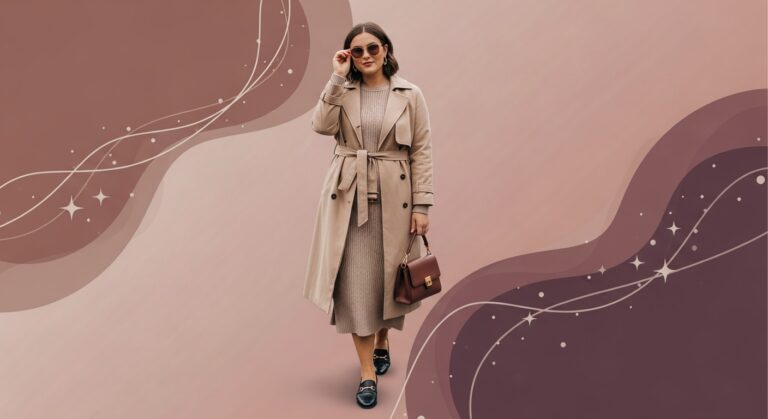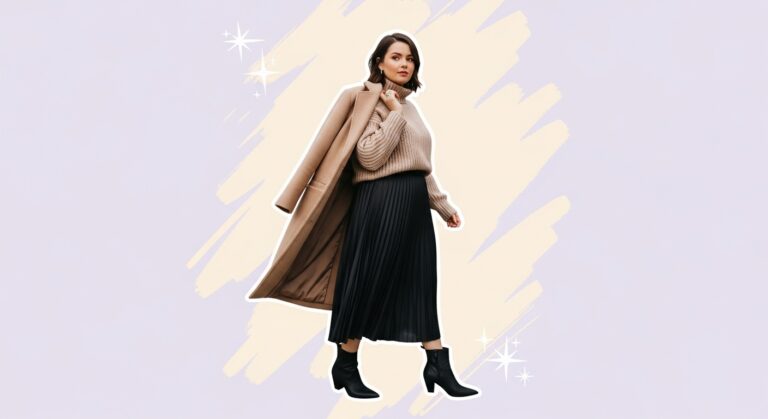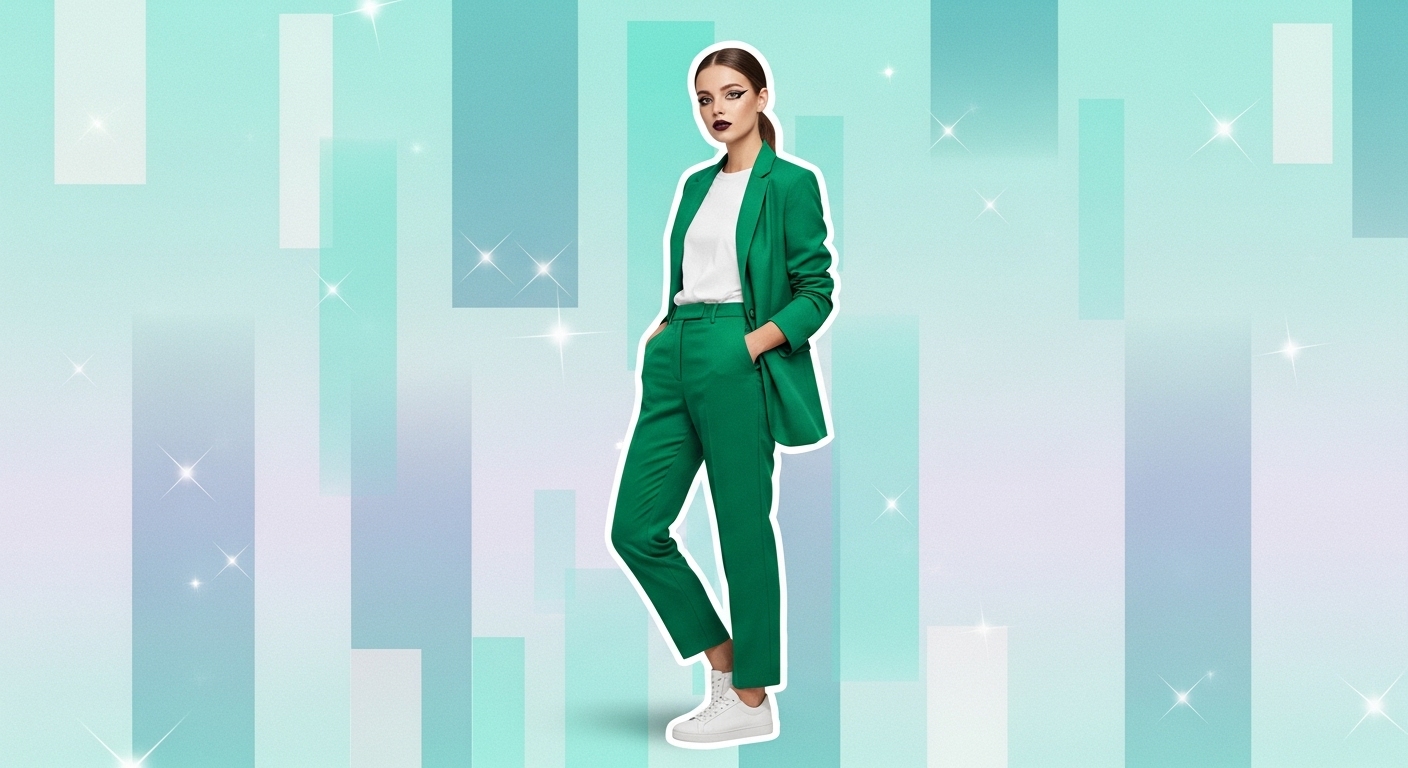
Some mornings, the act of getting dressed for work feels strangely mechanical. I remember staring at a closet full of clothes, all neatly pressed, all “appropriate,” and feeling an odd emptiness.
My hand hovered over the same navy dress, the safe black trousers, the pale blouse—just like every other week. When every option blends into a blur of sameness, it’s no wonder dressing becomes a routine rather than a pleasure.
I didn’t realize how much this routine affected my mood until it started to chip away at my confidence. Walking into meetings, I didn’t quite feel like myself. My style was on autopilot, my personality hidden beneath layers of neutrality. I once believed that dressing safely was the key to professionalism, but something vital was missing: joy, energy, a sense of self. If any of this sounds familiar, you’re far from alone.
Why Workwear Gets Boring in the First Place
It’s easy to fall into the pattern of playing it safe. Dress codes, both official and unspoken, encourage us to blend in rather than stand out. The urge to appear polished and “put-together” leads us to buy basics in neutral colors—black, navy, gray. Soon, shopping trips turn into missions for another version of the same thing. The result is a closet full of reliable pieces that never quite excite.
For many of us, mornings are hectic. Reaching for a uniform saves time and energy. But over time, that uniform becomes a rut. What once felt efficient starts to sap the fun out of fashion. When work clothes stop feeling expressive, it can quietly affect how we show up, not just in the office but in our own minds.
13 Simple Tweaks to Make Boring Work Outfits Look Amazing
Changing up your work wardrobe doesn’t mean a total overhaul or a big shopping spree. The magic lies in fresh combinations, smart tweaks, and a willingness to experiment—even a little. Here’s how to breathe new life into your office style, step by step:
1. Audit Your Current Wardrobe
Pull everything out.
Yes, every work-appropriate item. Lay it all out so you can actually see what you own. Group your clothes: pants, skirts, blouses, blazers, dresses, shoes, accessories.
Look for patterns.
Are you swimming in a sea of navy and black? Do your blouses all share the same cut? This is the first clue to why your outfits feel repetitive.
Try on favorites.
Wear a few pieces you reach for most. Ask yourself—what is it about them that makes you feel good? Comfort, fit, color, a special detail? Make note.
2. Create New Outfits From Old Pieces
Mix it up.
Pair pieces you’ve never worn together. Layer a blazer over a printed dress, tuck a bold blouse into plaid pants, or try a fitted cardigan with a midi skirt.
Play with layers.
A turtleneck under a sleeveless dress, a thin knit sweater over a button-down, or a belt cinching a loose shirt—layering adds dimension and makes old pieces feel new.
Photograph your favorites.
Snap quick pics of combos that work. These photos become a style “cheat sheet” for mornings when inspiration is low.
3. Add Color—The Easy Way
Pick one accent color.
Choose a color that makes you smile. It could be emerald, blush, mustard, or cobalt. Introduce it with a scarf, shoes, or a blouse.
Start small.
If head-to-toe color feels bold, ease in with earrings, a belt, a watch strap, or even nail polish.
Rotate your pops of color.
Plan to wear your accent color at least once a week. See if it affects your mood or how people respond.
4. Upgrade Accessories
Lay out your options.
Gather jewelry, scarves, belts, and bags. See what you’ve been ignoring.
Choose one statement piece per outfit.
A chunky necklace, bold earrings, or a textured belt can elevate an otherwise simple look. Don’t pile on everything at once; one standout piece is enough.
Swap bags or shoes.
Switch your usual black tote for something in burgundy or forest green. Trade classic pumps for loafers with a metallic finish or embroidery.
5. Play With Texture and Print
Identify “safe” pieces.
Pick out your plainest tops and bottoms.
Layer on texture.
Combine a silk blouse with a wool skirt, or a ribbed knit under a structured blazer. Mixing materials adds visual interest and depth.
Start with subtle prints.
Add pinstripes, micro-dots, or small-scale florals. A scarf or blouse with a soft print can gently ease you out of a rut without feeling too bold.
6. Rethink Your “Uniform”
Swap just one piece.
If you always wear black pants, try wide-leg camel trousers. If your daily top is a button-down, try a fine-knit sweater or a blouse with an interesting neckline.
Create mini-capsules.
Choose three bottoms and five tops, then pair them in new ways you haven’t tried before. Challenge yourself to go beyond your go-to combos.
Break the week into themes.
Assign each day a mini-style goal—“Color Monday,” “Print Tuesday,” “Layering Wednesday”—to encourage variety.
7. Edit Regularly and Let Go
Do a seasonal closet edit.
Try everything on twice a year. If something feels uncomfortable, outdated, or just “not you,” donate it.
Rediscover old favorites.
A deep closet dive often turns up gems you forgot about. Sometimes, seeing a piece with fresh eyes is all it takes.
8. Try a Style Swap
Swap with a friend.
Trade a few pieces for a week—maybe a statement necklace or a fun jacket. Seeing your basics through someone else’s lens can spark new ideas.
9. Use Shoes as a Style Statement
Go beyond plain pumps.
Try metallic loafers, patterned flats, or ankle boots with interesting details. Keep the style office-friendly but let personality peek through.
10. Refresh Hair and Makeup
Switch up your hairstyle once a week.
A sleek bun, loose waves, or a playful braid can change your look even if your clothes stay the same.
Try a new makeup detail.
A brighter lipstick, a subtle shimmer on the eyelids, or a new shade of nail polish can bring a spark to your usual outfit.
11. Plan Looks in Advance
Pick outfits for the week on Sunday.
Hang five looks at the front of your closet, including accessories. This makes busy mornings easier and helps you avoid repeating the same outfit.
Review each night.
Spend a couple of minutes switching a detail or adjusting for weather. Small changes make each outfit feel intentional.
12. Add One New Piece Each Season
Identify gaps during your closet audit.
Is there a printed skirt, a great pair of flats, or a colorful blouse missing from your rotation? Make a list.
Shop intentionally.
Buy just one item that feels exciting and versatile, and start wearing it right away with different pieces.
13. Build a “Confidence Corner”
Curate three go-to outfits.
Put together three combinations that always make you feel great. Keep them front and center for days when you need an instant boost.
Add personal touches.
Maybe it’s a necklace from your grandmother or a scarf picked up on vacation. These details are subtle but meaningful.
The Psychology of Clothing and Confidence
There’s a real, almost invisible connection between what we wear and how we feel. On days when I’ve reached for a piece that genuinely lights me up—a scarf in a color I love, earrings with a playful swing—I notice a subtle shift. My posture straightens. I walk with more purpose. People pick up on the shift, too.
Research in fashion psychology supports this: clothing influences mood, confidence, and even creativity. Sticking to the same muted tones every day can leave us feeling uninspired, while adding just a hint of personal style creates a ripple effect. Workwear doesn’t have to be flashy to be expressive. Sometimes, it’s a matter of details—a textured bag, a patterned blouse, or a favorite pair of shoes that lifts your mood.
Why We Default to “Safe” Outfits
Safe dressing is a habit that grows from several places. Offices can be conservative, and bold choices might feel risky. Past feedback, or even a sideways glance, can nudge us back to familiar territory. And, let’s be honest, convenience plays a big part—having a go-to formula for outfits streamlines busy mornings.
But convenience has a cost. Repetition breeds monotony, and over time, even your favorite black pants can lose their magic. When you stop looking forward to getting dressed, it’s usually a sign something needs to change.

